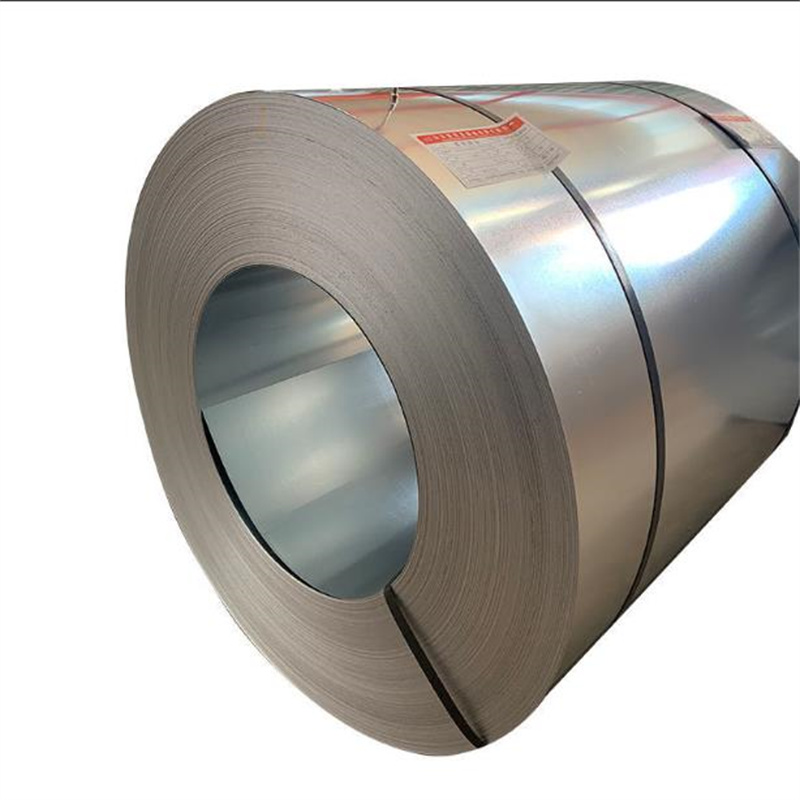
Dic . 09, 2024 18:09 Back to list
Metal Project Box Manufacturing Solutions for Efficient Factory Production
Exploring the Metal Project Box Manufacturing Industry
The manufacturing of metal project boxes has gained significant momentum over the past decade due to their diverse applications across various sectors. These sturdy enclosures, often used to protect electronic components and other sensitive equipment, have become essential in industries ranging from telecommunications to construction. This article delves into the intricacies of metal project box factories, their production processes, and the key attributes that define high-quality products.
Understanding Metal Project Boxes
Metal project boxes are enclosures made from a variety of metals, including aluminum, stainless steel, and mild steel. Their primary function is to house and protect electrical or electronic components from environmental hazards such as moisture, dust, and physical damage. Moreover, they are essential in providing safety by preventing unauthorized access to electrical circuits.
Typically, these boxes come in various sizes and configurations to meet the specific needs of different projects. Whether it's a small enclosure for a simple circuit or a large cabinet for complex industrial machinery, metal project boxes are manufactured to accommodate a wide range of applications.
Manufacturing Process
The production of metal project boxes begins with the selection of raw materials. Factories usually procure high-quality metal sheets that provide durability and resistance to corrosion. The choice of metal can depend on the intended use of the project box, with aluminum being favored for its lightweight and rust-resistant properties, while stainless steel is preferred for its robustness in harsh environments.
Once the raw materials are sourced, the manufacturing process involves several key steps
1. Designing Modern factories utilize computer-aided design (CAD) software to create precise designs and specifications for the project boxes. This digital design phase allows for customization and ensures that each product meets the specific requirements of the client.
2. Cutting After finalizing the design, metal sheets are cut into the required dimensions using laser cutting or CNC machining technologies. These methods guarantee accuracy and minimize material wastage.
3. Forming The cut metal pieces undergo bending and forming processes to give them the desired shape. This is often done using hydraulic presses or stamping machines.
4. Welding Depending on the design, the components are then welded together to create an enclosed structure. Skilled welders ensure that the joints are sturdy and meet safety standards.
metal project boxes factories

5. Finishing To enhance appearance and functionality, project boxes undergo finishing treatments. This can include powder coating, painting, or anodizing, which provide corrosion resistance and improve aesthetic appeal.
6. Quality Control Rigorous testing and inspection protocols are implemented to ensure that the final products meet industry standards. This includes checks for durability, resistance to environmental factors, and overall performance.
Key Attributes of High-Quality Metal Project Boxes
When selecting metal project boxes from factories, several attributes are critical to ensuring a product’s effectiveness and longevity
- Material Quality High-grade materials not only enhance the durability of the project box but also influence its appearance and functionality. Manufacturers should seek materials that comply with industry standards.
- Design Versatility A quality manufacturer can offer a variety of designs, sizes, and features, allowing clients to choose boxes that best suit their projects.
- Customizability The ability to customize the project boxes in terms of size, shape, and additional features—such as cutouts for connectors and ventilation—significantly increases their practicality.
- Environmental Resistance Project boxes should be designed to withstand specific environmental conditions. Features such as sealing against moisture and dust ingress are vital, especially for outdoor applications.
- Compliance and Certification Dependable manufacturers comply with local and international safety standards, ensuring that their products are certified for use in various industries.
Conclusion
The metal project box manufacturing industry plays a pivotal role in today's technological landscape. As the need for durable, reliable enclosures continues to grow, factories must adapt to advancements in technology and customer demands. By focusing on high-quality production processes and materials, manufacturers can deliver products that not only meet but exceed the expectations of industries reliant on robust project boxes. As the market expands, it remains essential for both producers and consumers to prioritize quality, efficiency, and innovation.
-
Affordable Used Car Engines Prices Quality Used Car Engines for Sale Reliable Used Engines
NewsJul.08,2025
-
Can You Use Dish Soap on Cars? Discover Safe Car Cleaning Alternatives
NewsJul.08,2025
-
Top Car and Driver EV SUV Picks Best Electric SUVs 2023, Ratings & Reviews
NewsJul.07,2025
-
How to Buy Used Cars Cheap Best Places & Top Deals for Affordable Vehicles
NewsJul.07,2025
-
Best Danbury Used Cars for Sale Reliable Used Cars Danbury CT Dealer Ingersoll Auto Specials
NewsJul.06,2025
-
Quality Used Car Parts in Asheville Affordable Asheville NC Auto Parts Reliable Asheville Used Car Dealerships
NewsJul.06,2025